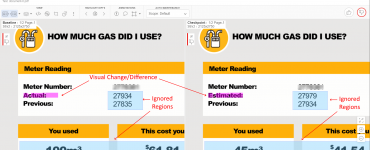I have been holding off starting with JavaScript for a while. Even when given a chance a few years ago, I chose Python as it might give me an edge in data analytics. Recently, I took the Test Automation University course by Alan Richardson AKA Evil Tester. I was intrigued by how he was able to automate a game easily with JavaScript and I gave it a try with Chrome’s Dino game.

The Lonely T-Rex Chrome Dino Game
The Chrome Dino game was developed by Google back in 2014 and built into the Chrome browser. Whenever the user attempts to navigate any webpage on Google Chrome while offline, the browser indicates that they are not connected to the internet and displays the pixelated Tyrannosaurus rex game. The game is very simple! Users should avoid obstacles that come in T-Rex’s path by using space or arrow keys.
Users can also play this game by navigating to chrome://dino. Since the game completely runs on the browser, with a little knowledge of JavaScript, you can easily automate the user’s actions and play the game autonomously.
NOTE: This article doesn't encourage hacking a game in any way. The main objective of this article is to show the capability of JavaScript and kindle your interest to learn JavaScript. Automating the Game
Automating this game was much easier than I thought and it requires creating a JavaScript function with the following simple actions.
- Create a new instance for the T-Rex Runner
- Identify if there is an obstacle in the T-Rex runner’s horizon
- If an obstacle is found, identify whether its a CACTUS or PTERODACTYL
- Identify the location (X, Y) of the obstacle (required for Pterodactyls)
- Based on obstacle type and Y pos, add a condition to Jump or Duck
- Finally, call the function so that it runs on the browser while the game is played

Additional References:
- https://testautomationu.applitools.com/automating-in-the-browser-using-javascript/
- https://dev.to/official_fire/making-the-chrome-dino-game-play-itself-using-javascript-2j8n
If you found this interesting, you can find more such articles here on quality assurance, test automation, tools, and processes. Don’t forget to leave your comments here or on Twitter @testingchief. Thank you!











